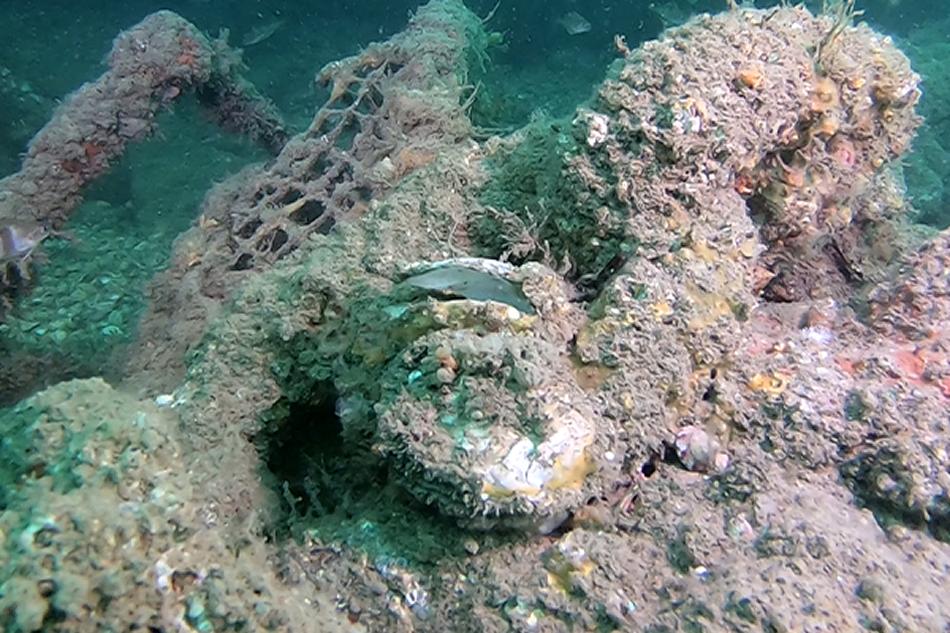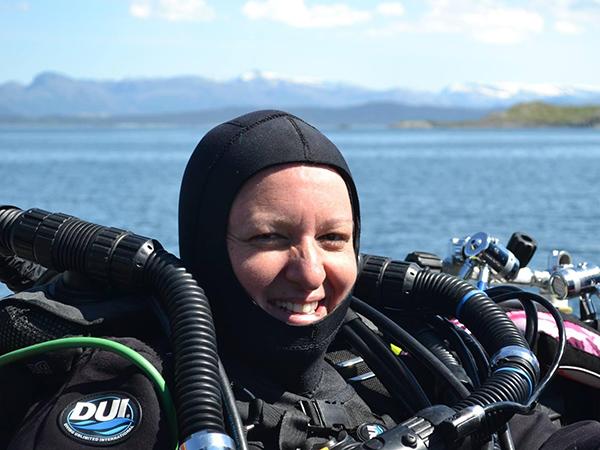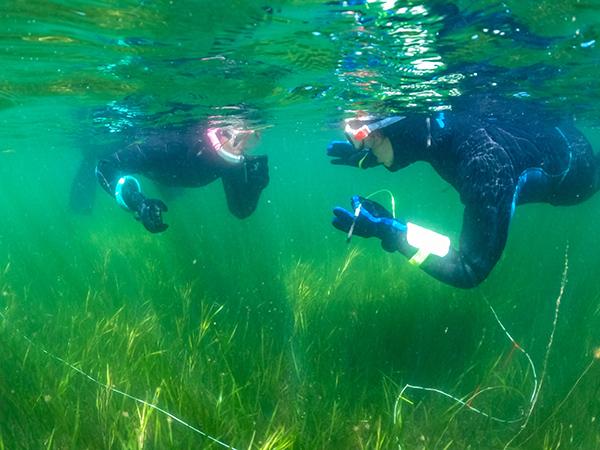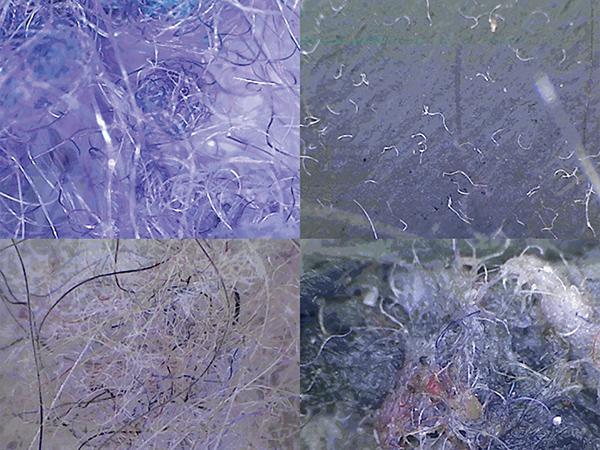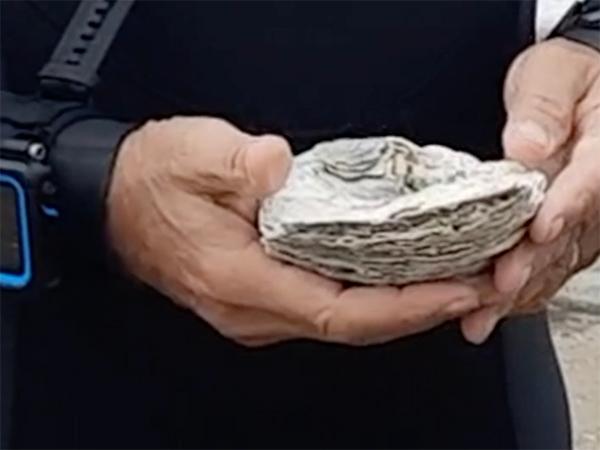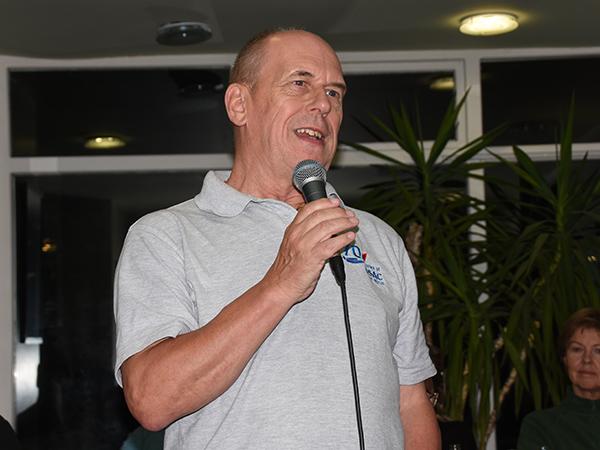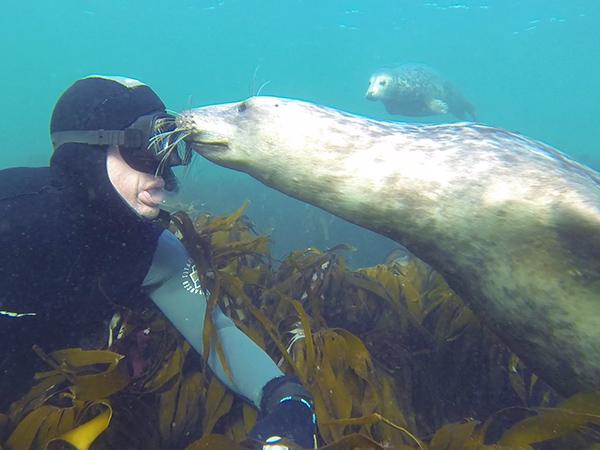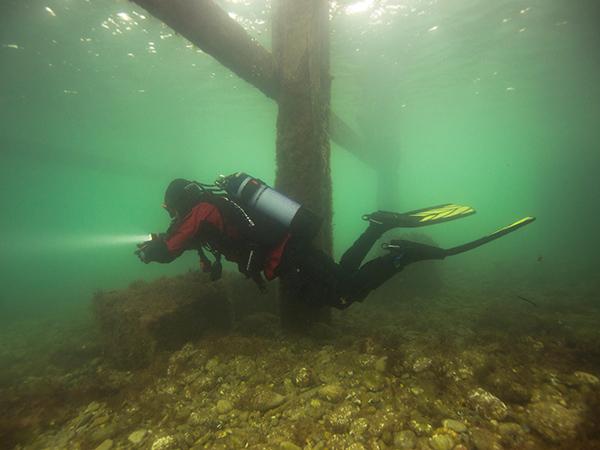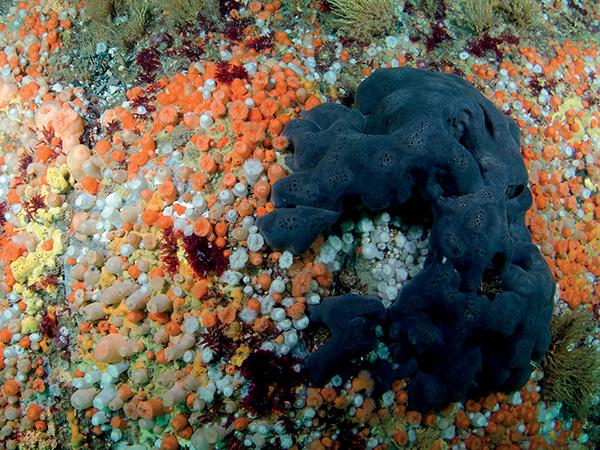Native flat oysters, or evidence of historic populations, can be found across most of the British Isles.
Tricky to find, these molluscs are often hidden amongst seagrass, covered in sponges, surrounding the life of the substrate to which they are fixed (wreck or reef), or part-buried in the seabed.
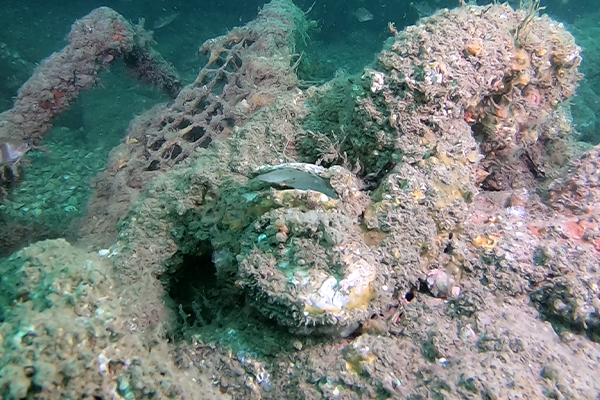
How big are oysters?
- Spat (oyster larvae attached to a surface) can be approximately 3-10mm in size
- Juveniles approximately 10-50mm
- Adults approximately 50-200mm
Here are some more key facts about the UK’s native oyster:
- In 1864 – 700 million oysters were consumed in London alone and were essentially the food of the poor.
- By 1886 – Only 40 million landed by fisherman down from an estimated 500,000,000 per annum. Oysters were becoming the food of the rich.
- Native oysters were widely distributed around the UK but less common in the east and northeast.
- Oyster reefs typically form from intertidal mudflats (0m to 80m and so should be able to be spotted by all levels of diver and snorkeller alike).
- They like some tidal flow (1-2knots) and temperatures above 8-9°C.
- They can bio-accumulate contaminants and algal toxins that cause illness in humans.
- They can filter up to 200 litres of seawater per day.
- They absorb nutrients such as nitrates and nitrites that cause algae blooms and this help absorb nitrates flushed from the land.
- They have the potential to absorb carbon dioxide from the atmosphere and lock it away in their shells.
- Oyster reefs can provide increased fish production by providing a nursery for juvenile fish.
- They are on the list of threatened and/or declining species and habitats.
- They are protandrous hermaphrodites (i.e., they can change sex), alternating genders with each breeding attempt (typically between May and June when the water temperature rises).

Lifecycle of Ostrea edulis (native oyster) courtesy of Dr Luke Helmer et al. 2019
Full reference: Helmer, L., Farrell, P., Hendy, I., Harding, S., Robertson, M., & Preston, J. (2019). Active management is required to turn the tide for depleted Ostrea edulis stocks from the effects of overfishing, disease and invasive species. PeerJ, 7, e6431.
Preston J., Gamble, C., Debney, A., Helmer, L., Hancock, B. and zu Ermgassen, P.S.E. (eds) (2020). European Native Oyster Habitat Restoration Handbook. The Zoological Society of London, UK., London, UK.

